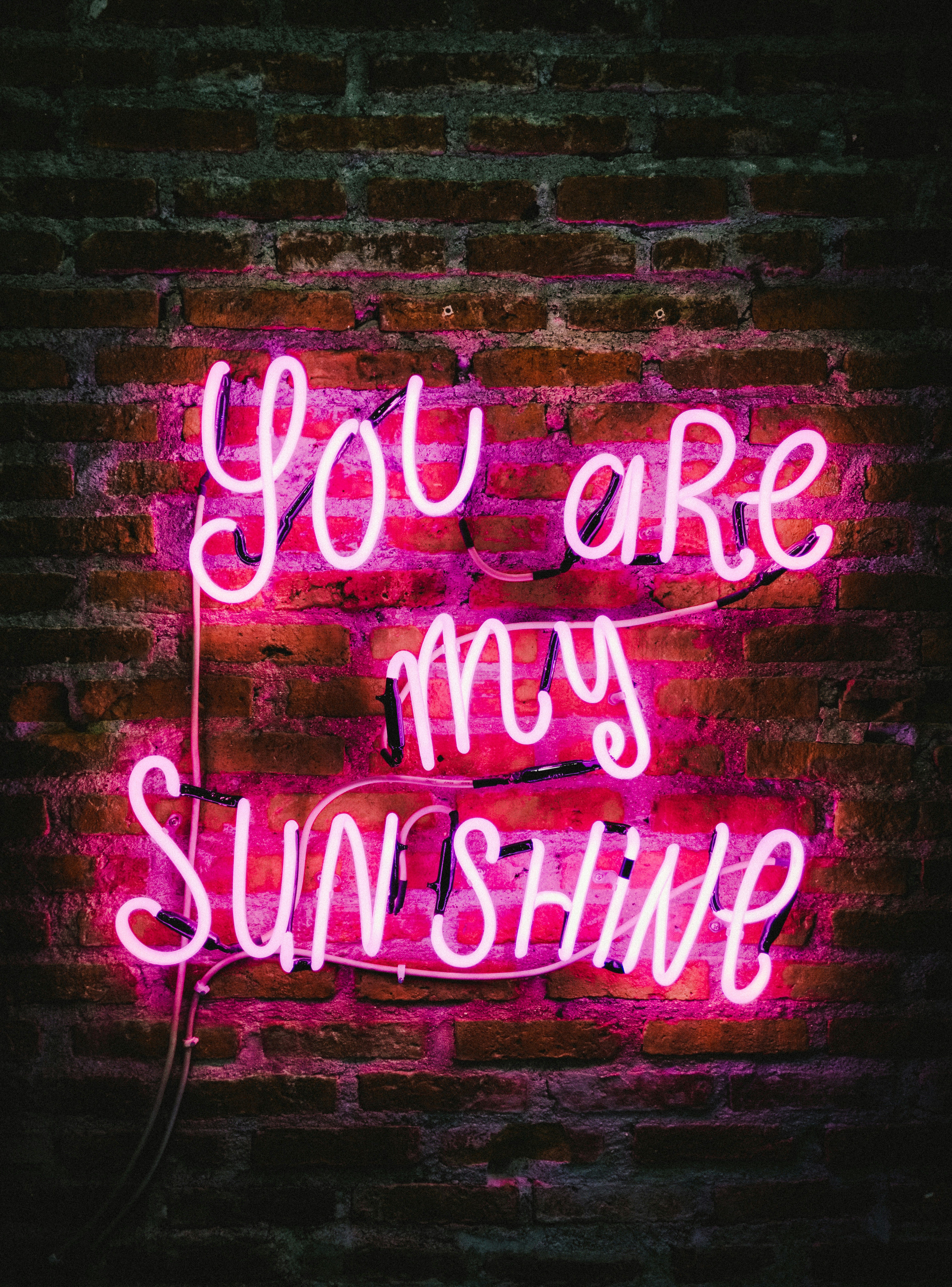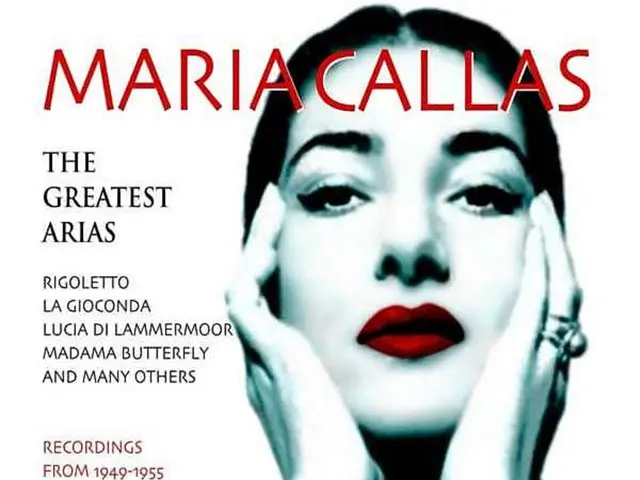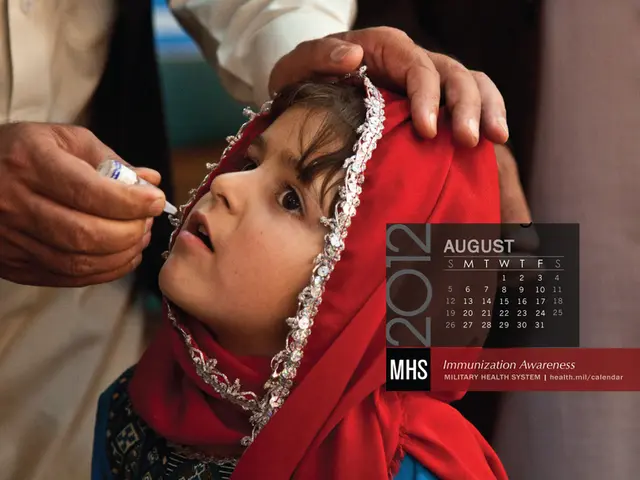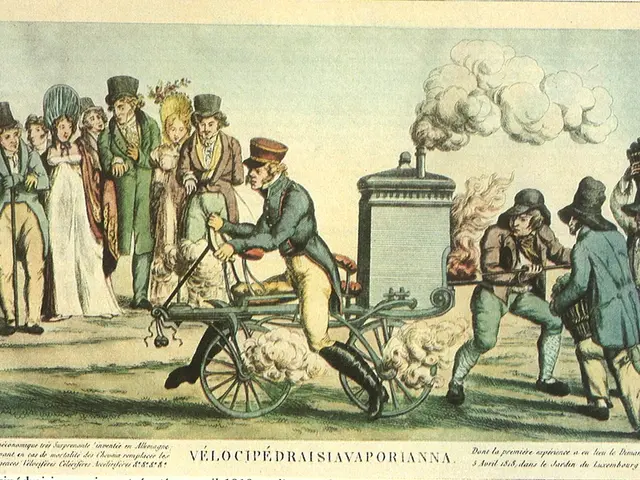The Maga Look: A Political Aesthetic in the Trump Circle
Trump-Associated Women's Fashion: The Blurred Line Between Style and Politics
Washington – Women in the inner circle of President Donald Trump present a uniform appearance. They possess bronzed complexions, heavily made-up eyes, full lips, flawless skin, dark eyeliner, fake eyelashes, and well-groomed eyebrows. The New York Times describes them as consistently slim and generally Caucasian. This particular style has become so ubiquitous that it has earned nicknames such as the "Mar-a-Lago Face" and "Maga Look," a moniker derived from the movement backing Trump.
Notable adherents of this distinctive look include Secretary of Homeland Security Kristi Noem, Trump's daughter-in-law Lara Trump, and Kimberly Guilfoyle, the designated US Ambassador to Greece and former fiancée of Trump's son Don Jr. These women share a marked transformation in their appearance, a transformation labeled as "Trumpification" by the New York Times in the case of Noem.
While it may seem improper to comment on the appearance of others, the aesthetic choice of these women extends beyond mere personal style. The New York Times states that the style is more than a matter of taste – the engagement with their outward appearance is a political statement.
This prevailing image of women in Trump's administration is deeply intertwined with the ideals endorsed by certain patriarchal evangelical circles, according to historian Kristin Kobes Du Mez. This trend gained influence during Trump's second term. In this environment, a rigid interpretation of Christian faith is combined with a nationalist vision of America.
In the extremist sections of this movement, open misogyny is rampant, explains Du Mez, including calls to strip women of their right to vote and limiting their roles to motherhood. While women have room to occupy public positions, it is under strict conditions. Femininity is narrowly defined through outer presentation and political loyalty – contrasting dramatically with the overtly displayed male harshness.
"There is a place for women in this culture – but only if they support the entire agenda a hundred percent," says Du Mez. The aesthetics serve a political function; they turn women into public faces of authoritarian projects. Figures like Minister Noem or press secretary Karoline Leavitt use makeup, plastic surgery, and deliberately feminine clothing as visual billboards of the system. A visible cross on a necklace is often noticeable.
This form of staged right-wing femininity is not a new phenomenon, Du Mez notes, with Sarah Palin embodying it as one of the first women on the national stage. As the Republican vice-presidential candidate alongside John McCain in 2008, Palin was a former beauty queen in bright outfits, high hairdos, and yet ruthlessly attacked her political opponents. Palin declared at the time that the difference between a hockey mom like herself and a pitbull was simply lipstick.
Women in Trump's circle embody a blend of femininity and tough demeanor. For instance, Homeland Security Minister Noem was photographed heavily made-up, coiffed, and with a cap pulled low over her face in the high-security prison Cecot in El Salvador – standing behind her were dozens of shaved-headed men in a cell, their tattooed bodies bare.
The feminist Ms. Magazine summed it up bluntly, "A Trump supporter wearing a tight dress with a thigh-high split and stilettos takes a stand – perhaps against transgender rights. She dresses like a 'real' woman – in the sense of a President who likes women who look like pin-up models".
It's about projecting confidence in upholding traditional gender roles and gaining attention and influence in the world of social media, where everyone can reach an audience. Trump's attention might also be a factor, with his wife Melania maintaining a similar, yet less extreme and more classic look.
Not every woman in Trump's power circle adheres to this aesthetic. The most powerful woman in the Trump world is Susie Wiles, who serves as the chief of staff of the President. Wiles sports gray hair, subtle makeup, and unremarkable pantsuits. "Susie likes to stay in the background," said Trump on election night last November, as he celebrated his victory on stage and thanked his team. Wiles represents power behind the scenes – her stage is not Trump's favorite news channels Fox News or platforms like X and TikTok, but the White House.
The rest of Trump's team – male and female – seeks maximum attention and reach. "What makes this group of MAGA politicians so powerful is that they are immediately recognizable as part of the conservative team to outsiders," the New York Times concludes. This recognition factor also aids their visibility on social media, helping to shape their identity. At least, Trump seems to like it. He recently stated, "We've made the presidency hot."
- The aesthetic choice of women in Trump's administration, often labeled as the "Maga Look," extends beyond personal style and serves as a political statement, according to the New York Times.
- In the extremist sections of this movement, women are expected to uphold traditional gender roles and maintain a narrow definition of femininity through their outer presentation and political loyalty, as explained by historian Kristin Kobes Du Mez.
- While not every woman in Trump's power circle adheres to this aesthetic, such as Susie Wiles, who sports gray hair, subtle makeup, and unremarkable pantsuits, the rest of Trump's team, both male and female, seeks maximum attention and reach on social media, as noted by the New York Times.








